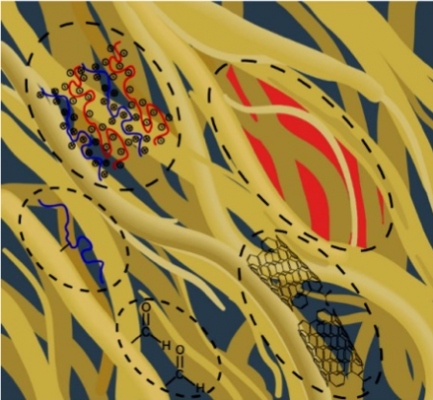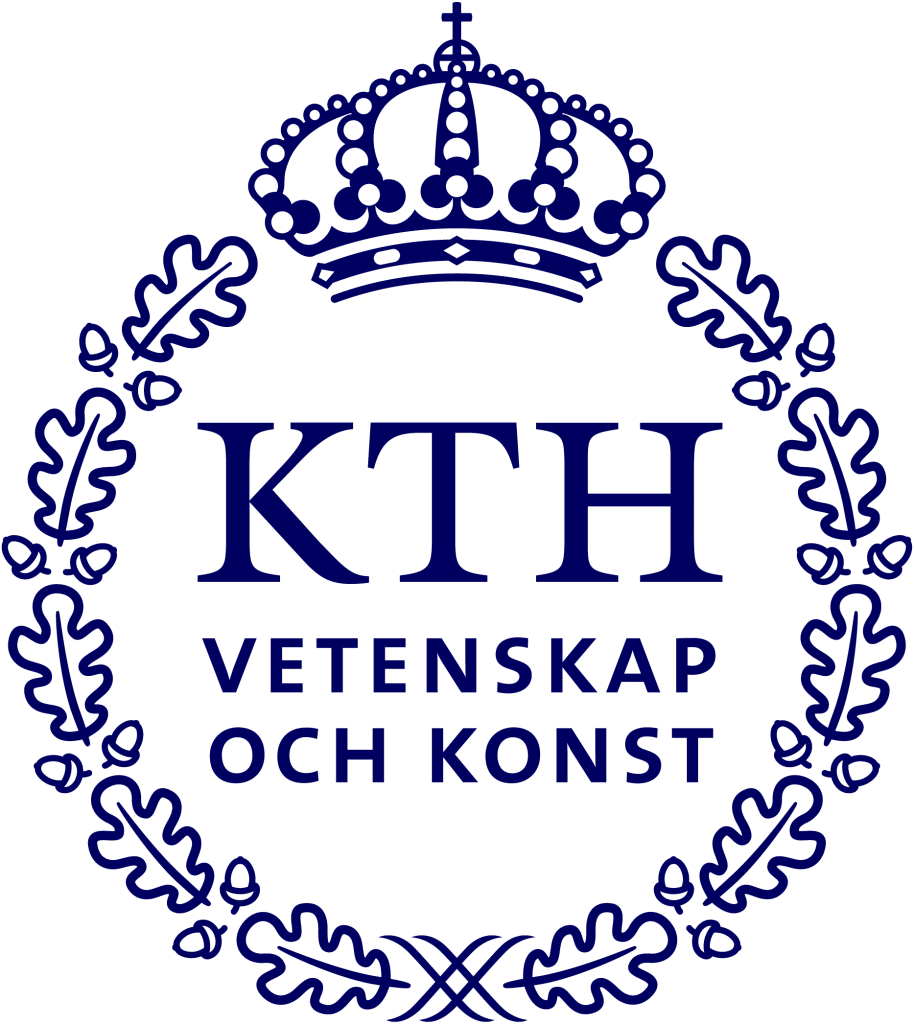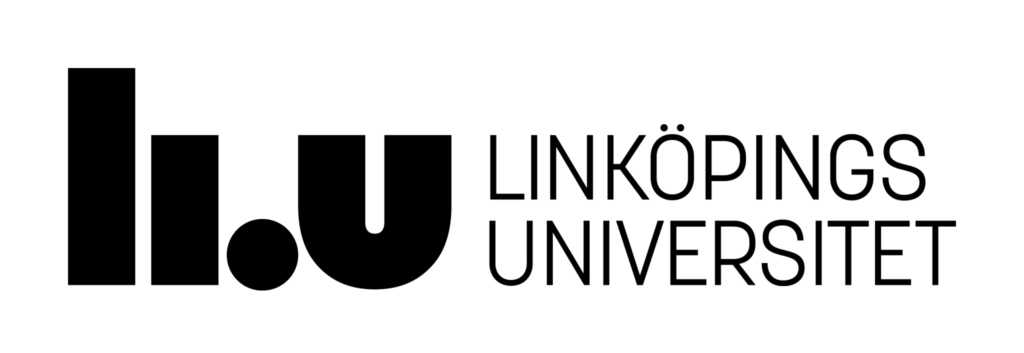Program 3: Fibres and fibre nanotechnology (2019 – 2023)
CNF in fibre form for advanced applications

Research program
Utilization of cellulose rich fibres and liberated Cellulose Nano Fibrils (CNFs) is at the core of the research activities in this project. The main source of cellulose is wood and isolation of cellulose from wood yields a cellulose material with a porous nanostructure; a nanomaterial with vast possibilities for further modification and processing into super-strong filaments from CNFs, new lightweight insulation materials, 3D-printed functional filters, photocatalytic and piezoelectric devices, textiles, strong and stiff hydrogels, fibre-based nanocomposites, printed electronics, drug-delivery systems, tailored sorption systems to name a few. CNFs, liberated or in the form of a porous fibre wall, interacts strongly with water and have a complex colloidal behaviour that is not yet fully understood. Keeping the CNFs in the form of a fibre presents a great advantage; processing cellulose into new modern materials with unique properties typically involves water, and fibres are more easily handled and de-watered than liberated CNFs. Keys to open processing routes for new advanced materials are the production of suitable starting materials that can be fully characterized and modelled with respect to their nanostructure. The research program focuses on three major areas that are cross-disciplinary collaborations between several project partners:
- New methods for creating an open fibre structure using new ways of mechanical treatments in combination with changing physical states will be developed.
- A continued development of our fundamental insight in the colloidal behaviour of nanocelluloses and their interactions, in both fibre form and liberated CNFs.
- Modification of the interior of the fibre wall to create new interactive devices and IPN composites.
Scientific impact
The scientific aim is to create a new understanding of the interactions inside the cellulose-rich fibre wall and to utilize these insights for targeted chemical functionalization of the fibre wall CNFs. By achieving that goal, new routes for the development of new advanced cellulose-based materials become available using the fibre as a package, facilitating material handling during postprocessing and possible up-scaling. Both theoretical and experimental efforts will make it possible to determine the fundamental interactions in cellulose-based systems where for example the impact of the molecular mobility at the nanoscale can be clarified. It is also an outspoken effort to be able to form a more elaborate model for the colloidal interactions in nanocellulose systems. This insight will then be used to selectively tailor the interactions in nanocellulose systems, allowing for the preparation of, e.g., functionalized, continuous filaments of Cellulose I, and applications such as insulation materials and 3D-formed specific filters.
UN Sustainability Development Goals
Program manager
Lars Wågberg
Professor, KTH





